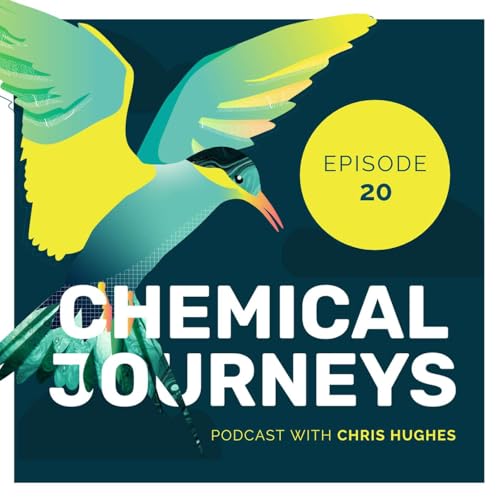In this episode I speak with Professor Thomas Hartung.
Prof Hartung is Doerenkamp-Zbinden Chair of Evidence-based Toxicology at Johns Hopkins Bloomberg School of Public Health, and Professor of Pharmacology and Toxicology at the University of Konstanz. He also holds positions as Director of the Center for Alternatives to Animal Testing (CAAT) and Field Chief Editor of the academic journal Frontiers in AI, and was the 2025 recipient of the prestigious Peter Singer Prize.
We have a fascinating discussion about the breathtaking developments in AI and animal-free toxicology, and what this means for areas like drug development, chemical regulation, public health, animal testing, research ethics, the exposome, and the future of our society.
Our conversation covers:
- New Approach Methodologies (NAMs): the new automobile?
- Technological advances in microphysiological systems (MPS) and artificial intelligence (AI)
- The problems with animal models
- Challenges with validation and regulatory acceptance of NAMs
- The importance of education for uptake of NAMs
- Recent developments on US animal testing policy
- What is happening in the EU? Differences between regions and regulatory systems
- How AI is transforming research, and using it in day-to-day work
- Implications of AI for quality of scientific publications and risk of bias
- The Human Exposome Project: what is it, and how can AI help deliver it?
- Environmental persistence, the exposome, and the public discourse on chemicals
NAMazing: Déjà Vu at the lab bench - Why animal-free science is the new automobile - ScienceDirect
NIH stops funding new projects which focus only on animal testing | Cruelty Free International
The turning point: April 2025 marks historic shift in US animal testing policy | ALTEX - Alternatives to animal experimentation
REACH out-numbered! The future of REACH and animal numbers | ALTEX - Alternatives to animal experimentation
A systematic analysis of read-across adaptations in testing proposal evaluations by the European Chemicals Agency | ALTEX - Alternatives to animal experimentation
Guidance for Good In Vitro Reporting Standards (GIVReSt) – A draft for stakeholder discussion and background documentation | ALTEX - Alternatives to animal experimentation
Top 10 Emerging Technologies of 2024 | World Economic Forum
Assessing risk of bias in toxicological studies in the era of artificial intelligence | Archives of Toxicology
Is regulatory science ready for artificial intelligence? | npj Digital Medicine
How AI can deliver the Human Exposome Project | Nature Medicine
Stockholm Declaration on Chemistry for the Future
Visit my website for more content and insights www.embarkchemical.com
 1 h et 22 min
1 h et 22 min 55 min
55 min 1 h et 2 min
1 h et 2 min 40 min
40 min 51 min
51 min 56 min
56 min Jul 28 20251 h et 17 min
Jul 28 20251 h et 17 min 48 min
48 min
